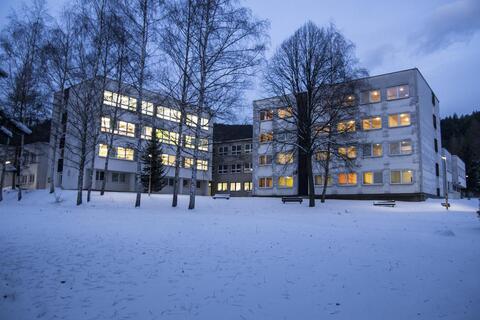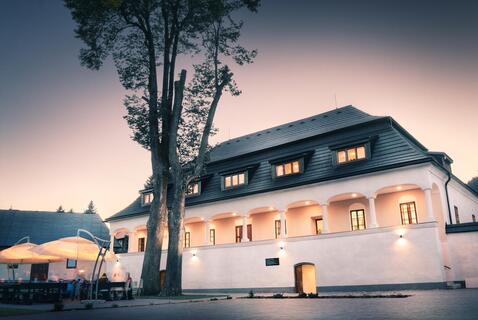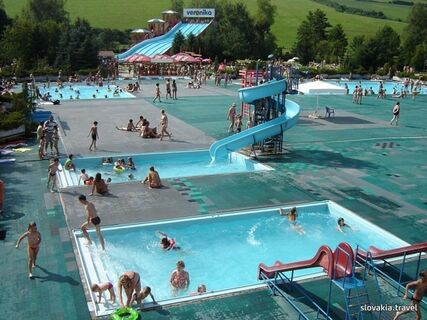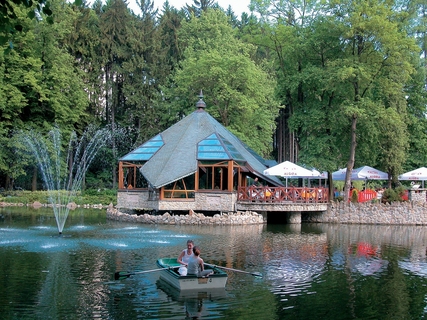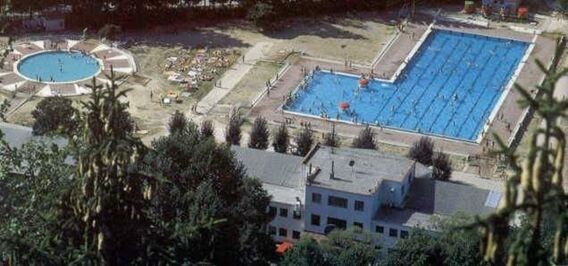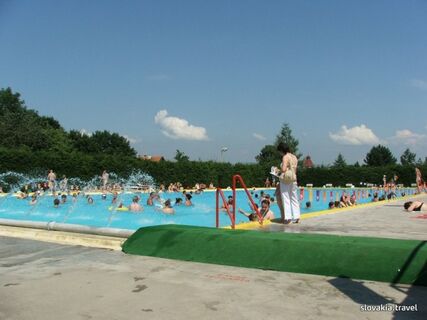HRADISKO
The saddle beneath Vyšehrad was a strategic passage from Ponitria to Turca , already used in the beginnings of the settlement of Slovakia . The traces of settlement can be traced back to the hard-to-reach hill of Vyšehrad from the early Stone Age . Significant traces are associated with the Bronze Age and the people of the Lusatian culture (1200-700 BC) as well as with the later Iron Age (750 BC), from which many finds were found. The most important role was played by the fortification during the period of Great Moravia, when it was the center of the region . The settlement of the territory to the north required the construction of fortified sites, from which the power of Ponitria to Turca, Orava or Liptov was expanded. The defensive and commercial function of the Upper Castle gradually took over the surrounding settlements and after the demise of the Great Moravia its significance dropped.
CASTLE VYŠEHRAD
In the 13th century , the first written reports of Vyšehrad , which managed the Diviack family, appeared. Since 1277, it is reported that after the Mongol invasion, Vyšehrad was remembered only as a former castle . In the 15th century , part of the brothers, persecuted by the royal troops, resorted to Vyšehrad. From this period, finds of weapons , various iron objects , components of horse harnesses , corners , and especially coins are coming .
NPR VYŠEHRAD
The territory at the top is part of Vysehrad NPR. Vyšehrad is a national nature reserve since 1973 . A territory with the 4th degree of protection covers the top part of Vyšehrad and a large part of the western foothill with an area of more than 48 hectares. The object of the protection is the Vyšehrad limestone massif with forest vegetation and rare species of insects .






